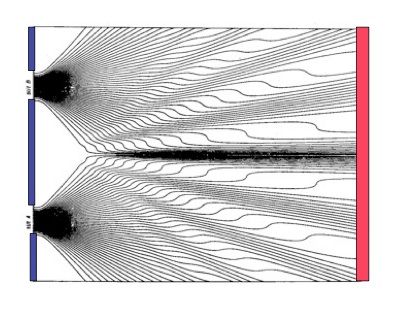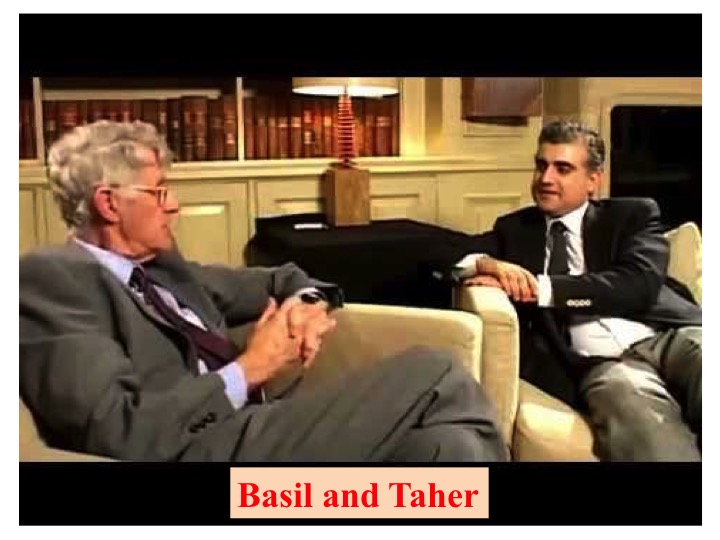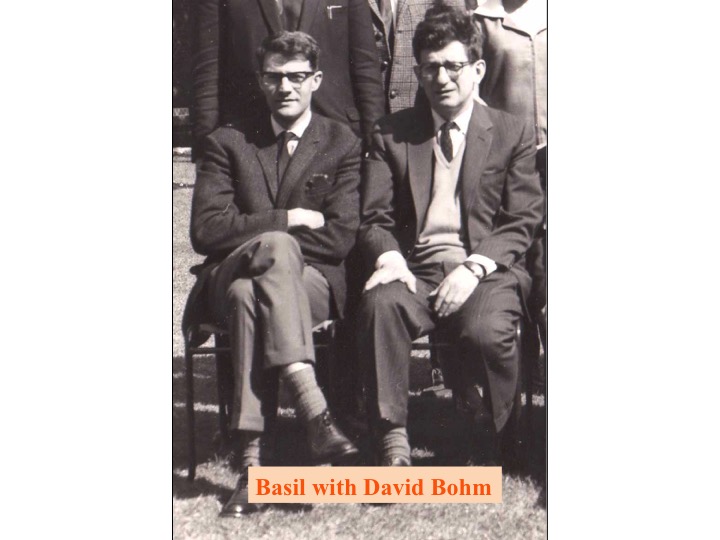Introduction

This work is supported by the Fetzer Franklin Fund.
The interpretation of quantum mechanics is still an open question. The aims of the group are to carry out experiments that can aid in resolving interpretive issues. Recently there has been considerable interest in the new notion of a ‘weak measurement’ introduced by Aharonov, Albert and Vaidman [Aharonov et al.] to reveal more details of quantum processes than the traditional Von Neumann or strong measurement. The strong measurement involves the collapse of the wavefunction in the final stage of the experiment producing an eigenvalue of some operator A; weak measurement of the operator A involves inducing a phase change to the wavefunction which can ultimately be revealed in a strong measurement of a different complementary operator B. In this way we can gain new, more subtle information about quantum systems.
To date the weak measurement technique has only been applied to optical experiments. However what has not yet been demonstrated is the use of weak measurements for particles with non-zero rest mass obeying the Schrödinger equation. Therefore it is proposed to carry out two experiments to measure the weak values of spin and momentum of an atom. This will be the first time the weak measurement technique will have been demonstrated using non-zero mass particles. Not only will this be a world first but it may open the way to new kinds of measurement. There are clear theory predictions to compare with the experimental observation.
The weak value of momentum has been shown to be identical to the Bohm momentum first proposed by David Bohm [Bohm]. Bohm showed it is possible to calculate the possible paths a particle could take passing through a two slit interferometer (see figure below due to Prof. C. Dewdney), which was thought to be impossible. Therefore it is possible to use the weak value of momentum to reconstruct these paths. We also refer to these possible paths as flow lines.

A celebration of Basil Hiley's 80th birthday
A conference was held to celebrate the 80th birthday of Basil Hiley. Basil has worked in the field of theoretical physics for in excess of 55 years, culminating in him holding the Chair of Theoretical Physics at Birkbeck College London.



